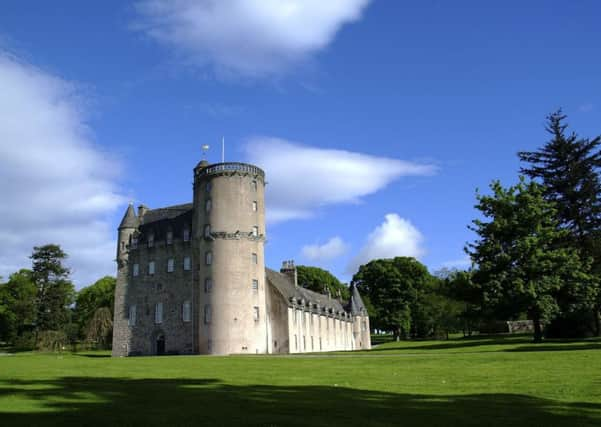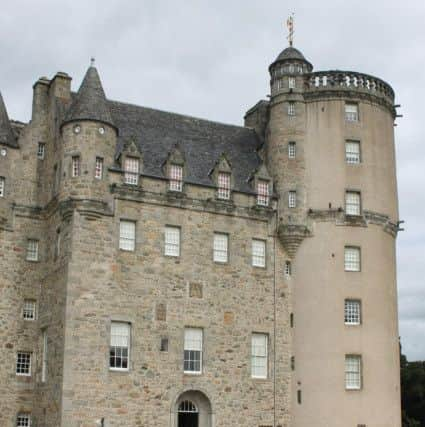Castle Fraser reveals '˜remnants of 17th Century Battle'


Large quantities of broken glass were uncovered during an archaeological dig at the Clan Fraser stronghold near Kemnay, parts of which date to the 16th Century.
It is believed the shards may date to a ‘volatile” period in the history of the castle which included an attack by Oliver Cromwell’s forces.


Advertisement
Hide AdDr Daniel Rhodes, Trust archaeologist said: “The mid-17th century was a volatile time in the north-east.
“Following a peaceful surrender, the Marquise of Montrose camped his royalist army at Crathes in 1645.
“And sometime between 1653 and 1655 Castle Fraser was attacked by Oliver Cromwell’s General Monk as he suppressed royalist supporters.
“The concentration of broken window glass around Castle Fraser may be a result of this destruction.”
A copper alloy coin was also found, with the 2 pence piece, called a Turners, marked with Charles I and dated to 1632-1639.
More than 400 members of the public took part in archaeological excavations at the National Trust for Scotland’s Crathes Castle and Castle Fraser over the last two weekends.
Advertisement
Hide AdIn addition to the coins and glass, artefacts recovered by the excavation included 19th century pottery, but also quantities of 18th century wine bottles, roof slates and nails.
A number of pieces of chipped flint suggest prehistoric activity in the area although a squared off piece was clearly a gun flint, from a flint lock musket.
Advertisement
Hide AdCastle Fraser was built as the home of the Frasers of Muchalls, later Frasers of Castle Fraser. The castle was passed down through the Lords Fraser, the Frasers of Inverallochy and then the Mackenzie family who took the name Mackenzie Fraser
Dr Rhodes said: ‘It is great to see so many people come out and take an active part in their heritage. In addition to the protection and promotion of our properties, the Trust is keen to provide engaging experiences and the last two weekends have proved a major success in involving the public in what we do, for the love of Scotland.”
